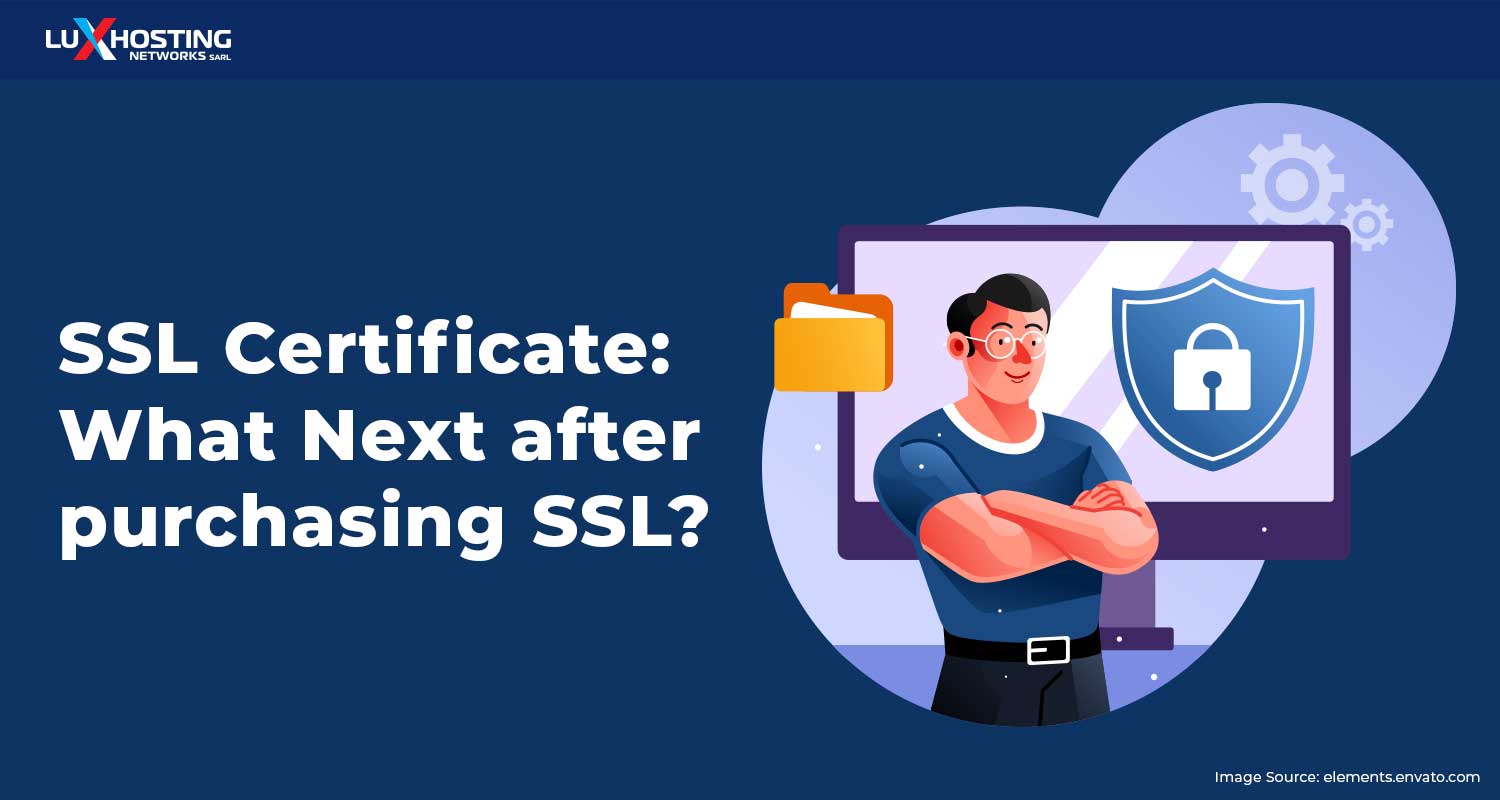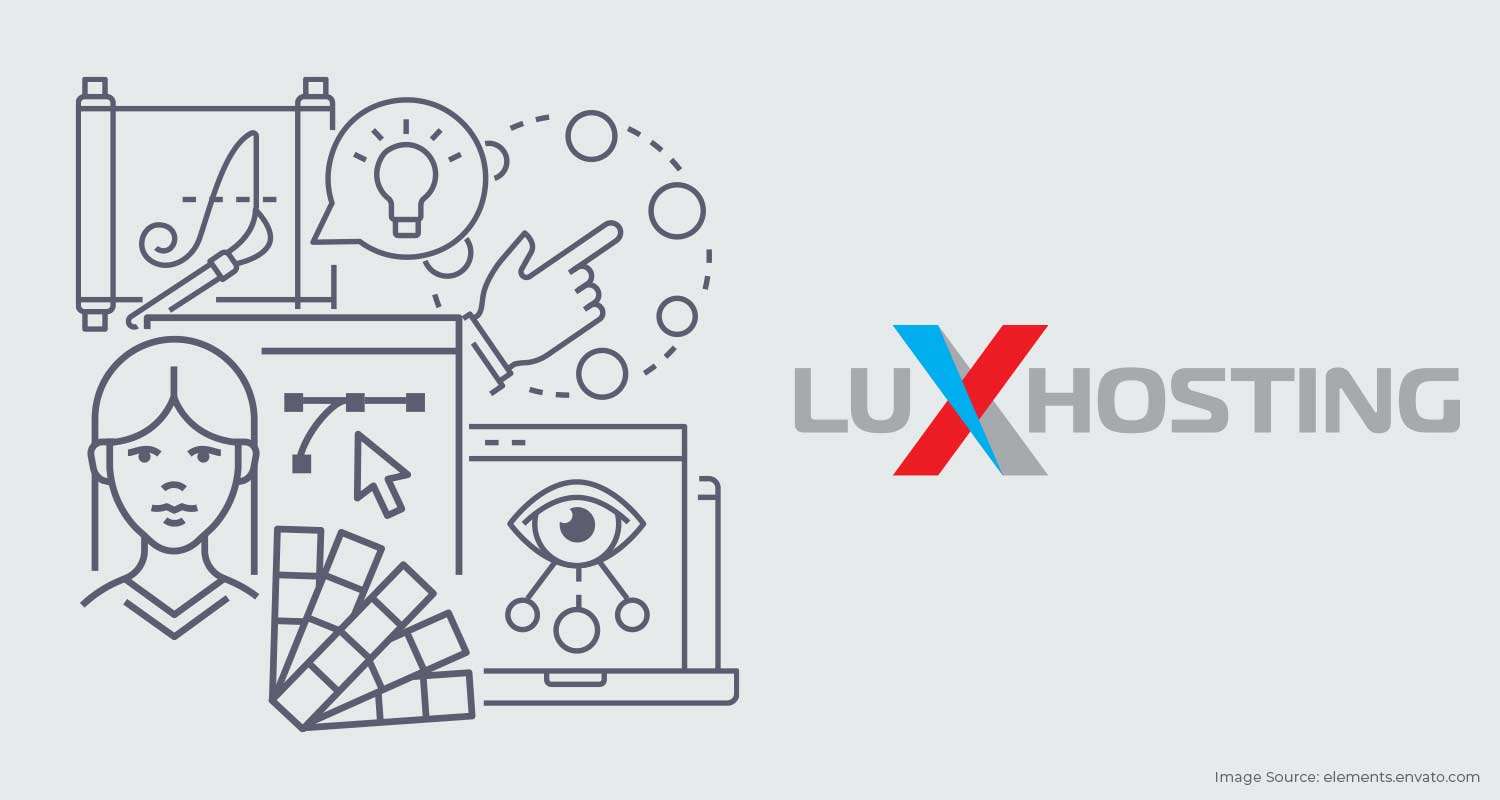Nowadays, having an SSL certificate on your website is an imperative. SSL (secure sockets layer) — as well as its new successor Transport Layer Security / TLS) — is a method of encrypting and securing sensitive information being communicated between a website and it’s visitor or a mail server and client. Acquiring an SSL certificate for your website can enable you to protect sensitive data such as credit card details, usernames, passwords and other private information. Needless to say, if your website handles sensitive information entrusted to you by your visitors, then you will need to install SSL certificates to protect them. Some web hosts offer SSL as part of their packages, but often there’s the option to get higher levels of SSL security through a third-party certificate authority (CA) if needed.
Advantages of SSL
The advantages of having SSL certificates is one of the things you can look forward to after purchasing SSL. The advantages go far beyond simply protecting information. Having a website secured by SSL means that your URL will change from HTTP (Hypertext Transfer Protocol) to HTTPS (Hypertext Transfer Protocol Secure). Browsers and search engines these days will flag and warn visitors to your website if it’s not secured. Having an SSL certificate will allow your website and brand to be seen as trusted, not just by your clients, but also by browsers and search engines. In fact, an SSL certificate will give your search engine rankings a substantial boost. This could do a lot for increasing your overall business online. So let’s say you’ve gone through the steps of getting an SSL certificate from a trusted certificate authority (CA). Now you want to know what happens after. We will now look into some of the necessary steps that come after purchasing SSL so that you can ensure your site remains secure.
Getting Your Certificate
After purchasing the SSL certificate, it will typically get sent to your email or be available to be downloaded from the Certificate Authority (CA) where you purchased it. After you've gotten the certificate(s) comes the next steps.
Installing Your SSL Certificate to The Host Server
After receiving the certificate, the next step is installing it to the host server for your website. The steps might vary based on the web host service, the operating system (OS) and content management systems (CMS) being used for your website. However, many hosts will help you with that process or you can find out in a few clicks how to install yourself. The idea is that the certificate needs to be installed to your website to be functional. Simply purchasing the certificate would not be enough.
Installing the Intermediate Certificates
When an SSL certificate is purchased from a CA you will also receive intermediate certificates. These intermediate certificates act as an extra level of security protection for the root certificates of the root CA. If certificates are created directly from root certificates then there’s an increased risk of compromising the root certificate. Intermediate certificates are given to the end users as an additional level of security to protect root certificates. Moreover, SSL certificates are often purchased from intermediate certificate authorities — and not root CAs. Therefore, the intermediate certificates are required to establish the trust chain of certificates that will go all the way back to the root CA. You will need to install your intermediate certificates in order for the SSL to function properly and secure your website.
Testing it
Of course, you’ll have to test that your website is secured, how else would you know if your SSL certificate is properly installed and working? Use various web browsers to connect to your website and check that your certificate is working. You should see the HTTPS in the URL bar and the padlock icon that indicates that your website is secured.
Renewal
As with domain names, SSL certificates also expire and need to be renewed. Certificates are usually good for a year, so it’s important that you are vigilant about when the certificate will need renewing. If you lose security on your website, even for a day, it could significantly hurt your SEO, client trust, and overall business.
Minding your SEO
We’ve mentioned that having SSL can boost your SEO rankings. However, after purchasing SSL certificates and installing them, you should also update your XML sitemaps so that you make it easier for search engines to correctly scan and index your website. Some CMS might allow for updating the sitemaps automatically, but you might have to do this manually if yours doesn’t.
Conclusion
SSL certificates are important not only to the security of your website, but also to its overall brand image as well as its SEO rankings. After purchasing SSL certificates, it’s important to know how to get them up and running and keep them functioning in order to maintain the security of your websites and the trust of your target market.



